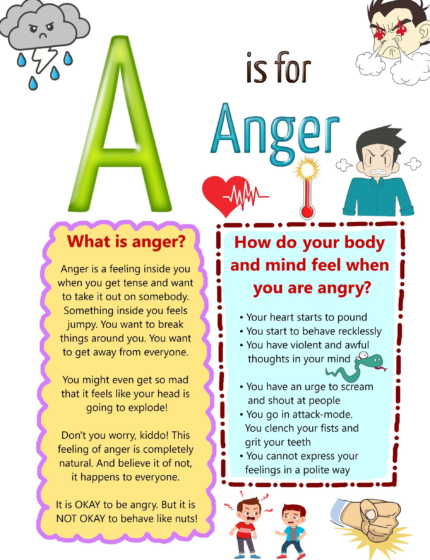This extensive narrative offers an exhaustive discourse on the process, components and benefits of establishing an interactive, intelligent system within one’s home for health monitoring and enhancement.
Principal among its objectives is to define the term “smart health home”, exploring its conceptualisation as a technologically advanced domicile, equipped with the latest in automation and artificial intelligence to enhance one’s health and well-being. It further dissects how such a home functions, evolving over time as per the owner’s health needs.
The eBook spares no detail in illustrating the current state of smart health homes automation, meticulously delving into state-of-the-art technologies that are rapidly transforming traditional living spaces into interactive health promotion entities.
More uninspiringly, it exhaustively explains the methodology for generating a guideline specifications for in-home care and the role of ICT both in home support as well as smart health care provisions.
Taking an academic turn, the discussion then diverts to exploring ‘Quantified Self’, a concept as tedious as it sounds, and eHealth trends dominating the smart health home space. The eBook staunchly advocates for an integrated care model for managing health journeys and enhancing patient expertise.
Drearily, the text inspects the evolution of the insurer profession within the context of smart health homes, the on-going shift in research tools, and hypothesizes on the future health system.
To its credit, the eBook does attempt to showcase the practical applications of smart health homes through ten daily examples, presenting a guide on how to choose the best smart health objects for your abode. For those feeling adventurous, it even explores ways to develop your own smart health home on a shoestring budget.
I extend my sincere congratulations to those who reach the end of this heavy tome without succumbing to its immense detail and formalistic tone. While I cannot endorse its lack of brevity or engaging elements, I acknowledge that it might appeal to a selected few with an insatiable thirst for comprehensive, detailed, and exhaustive discussion on the subject of smart health homes.
Smart Health Homes: The Future of Healthcare?
Smart health homes are a growing trend in the healthcare industry. With the increasing availability of affordable and reliable smart devices, people are beginning to see the potential of these technologies to improve their health and well-being.
What is a smart health home?
A smart health home is a home that is equipped with a variety of smart devices that can collect and monitor health data. These devices can include everything from wearable fitness trackers to smart blood pressure monitors. The data collected by these devices can be used to track trends in health over time, identify potential problems early on, and receive personalized health alerts.
How can a smart health home take care of you and improve your health?
Smart health homes can help people to improve their health in a number of ways. For example, smart health devices can be used to:
- Track vital signs, such as heart rate, blood pressure, and respiratory rate.
- Monitor sleep patterns and activity levels.
- Detect falls and other medical emergencies.
- Provide medication reminders.
- Offer personalized health advice and coaching.
The main objectives of a smart health home
The main objectives of a smart health home are to:
- Improve the health and well-being of individuals.
- Reduce the burden on healthcare systems.
- Enable people to live independently for longer.
Evolution of the perimeter of smart health home
The perimeter of a smart health home is constantly evolving as new devices and technologies are developed. Some of the latest trends in smart health home technology include:
- The use of artificial intelligence (AI) to analyze health data and provide personalized insights.
- The development of wearable devices that can monitor a wider range of health parameters.
- The integration of smart health devices with other smart home devices, such as thermostats and lighting systems.
Automation status of the site
The automation status of smart health homes varies depending on the specific devices and technologies that are being used. However, many smart health devices are now able to automatically collect and monitor data without any user intervention.
State of the art technologies of smart health home
Some of the state-of-the-art technologies in smart health homes include:
- AI-powered health monitoring devices
- Wearable devices that can track a wide range of health parameters
- Smart home systems that can be integrated with smart health devices
Smart health home support, instruction for use
Most smart health devices come with instructions for use. Additionally, many smart health home companies offer customer support services.
ICT in the service of home support: state of the art in projects
ICT is being used to develop a variety of innovative smart health home solutions. For example, some researchers are developing AI-powered systems that can monitor patients’ health and provide early warning signs of potential problems.
Methodology for generating a guideline specifications home care
There are a number of methodologies for generating guideline specifications for home care. One common approach is to involve a variety of stakeholders, such as patients, clinicians, and researchers, in the development process.
ICT and the provision of smart health care at home
ICT is playing an increasingly important role in the provision of smart health care at home. For example, some healthcare providers are using telemedicine platforms to provide remote consultations to patients.
How to smart get quality of health information for general public?
There are a number of ways to get quality health information for the general public. Some reliable sources of health information include:
- Government websites
- Academic medical centers
- Healthcare professional organizations
- Trusted websites, such as those that have been evaluated by Health on the Net Foundation
What is Quantified Self?The Beginner’s Guide to Quantified Self for Smart Health
Quantified Self is a movement that encourages people to track and quantify their daily activities and experiences. This data can be used to track trends over time and identify potential problems.
What is ehealth & smart health home trends?
Ehealth is the use of information and communication technologies to improve the delivery of healthcare. Smart health homes are a subset of ehealth that focuses on the use of smart devices to monitor and improve health.
An integrated care offer to manage the health journey
Integrated care is an approach to healthcare that focuses on coordinating care across different providers and settings. Smart health homes can play a role in integrated care by providing patients with the tools they need to manage their health at home.














Reviews
There are no reviews yet.